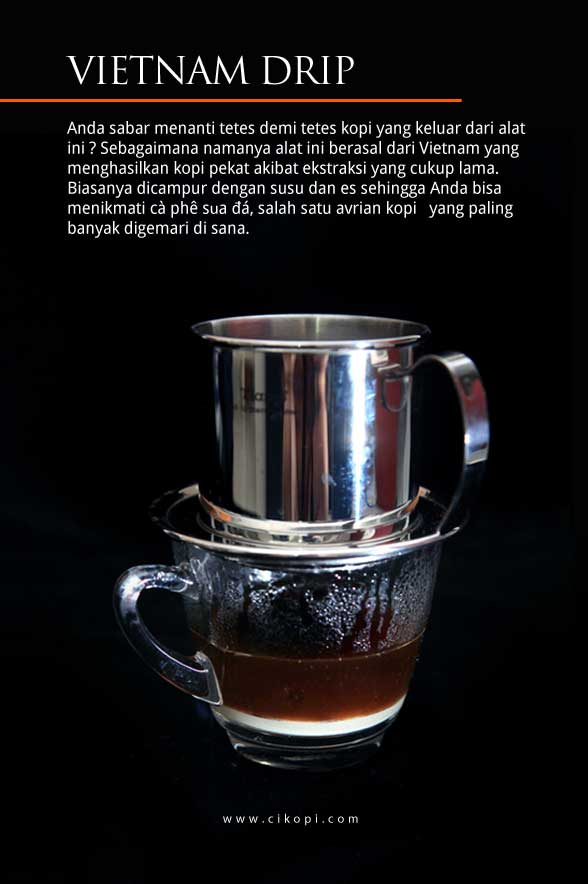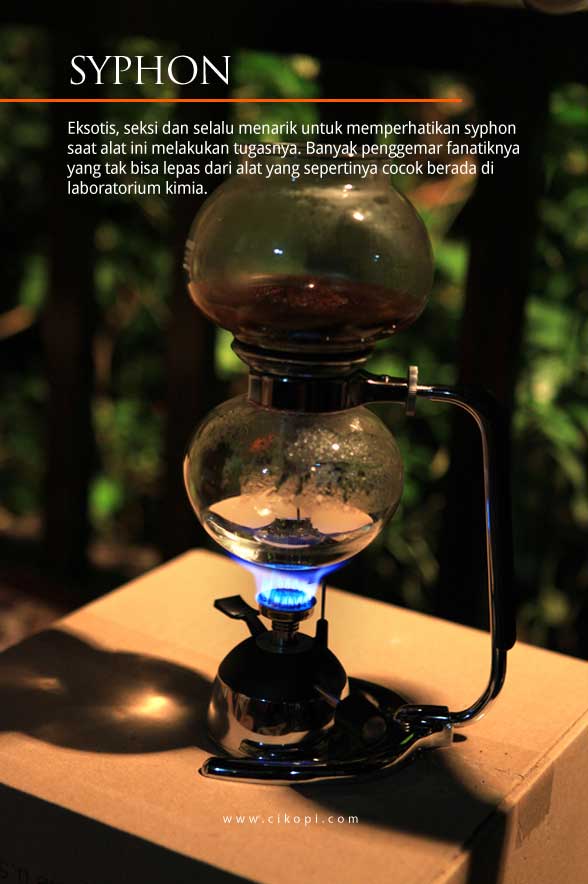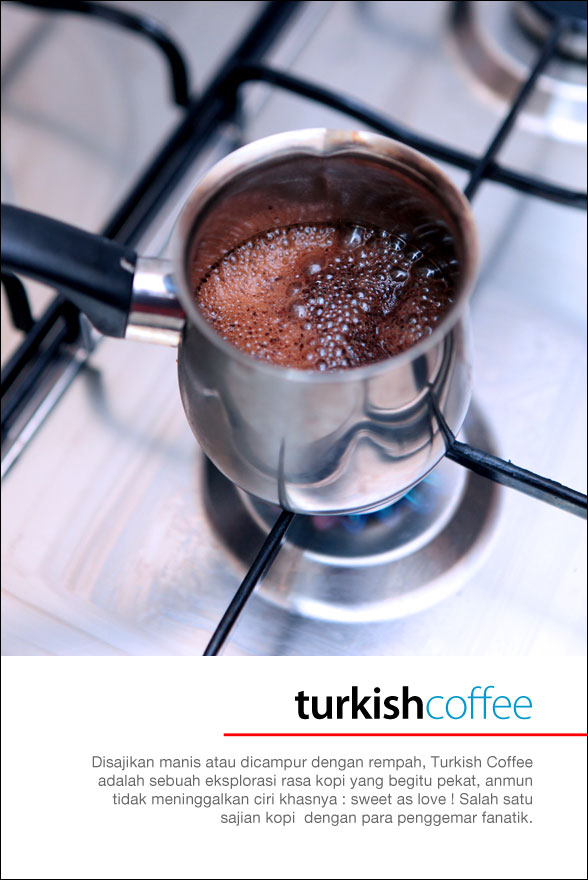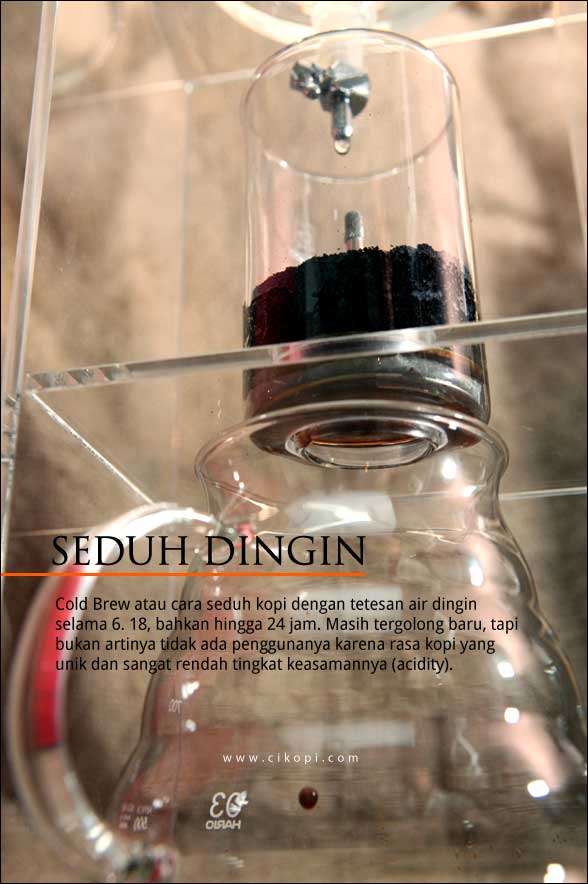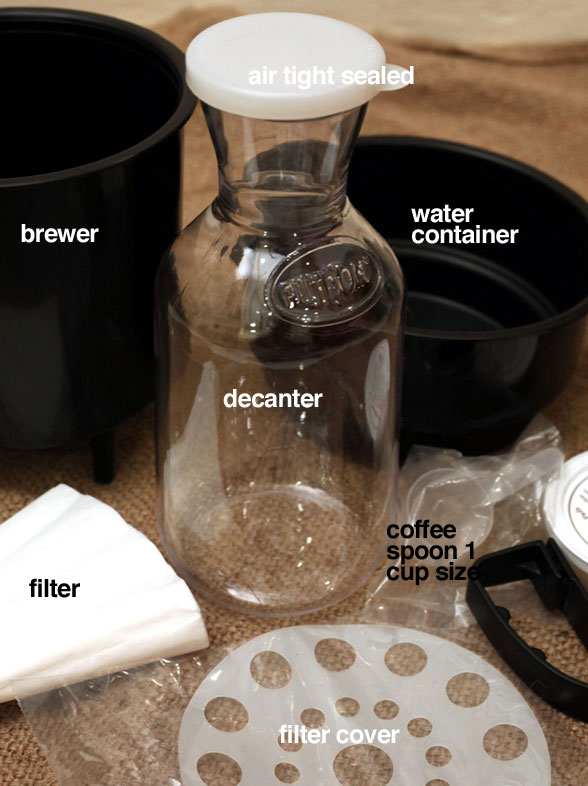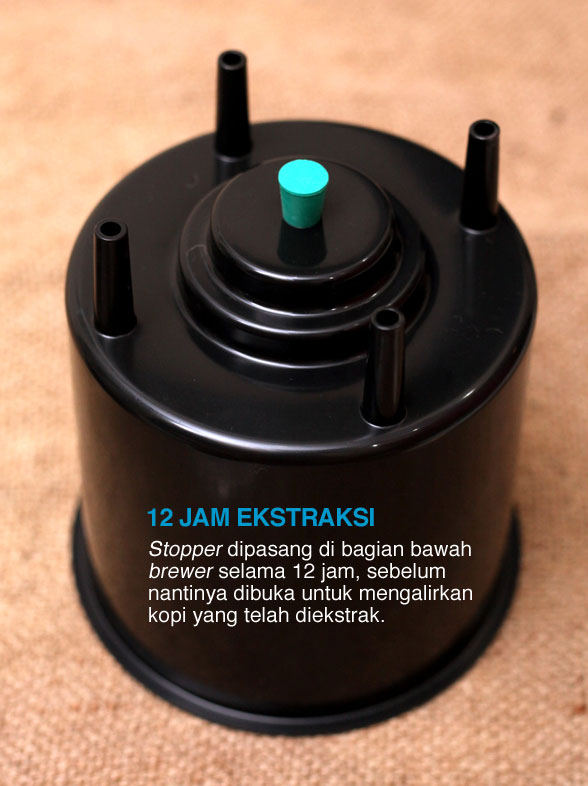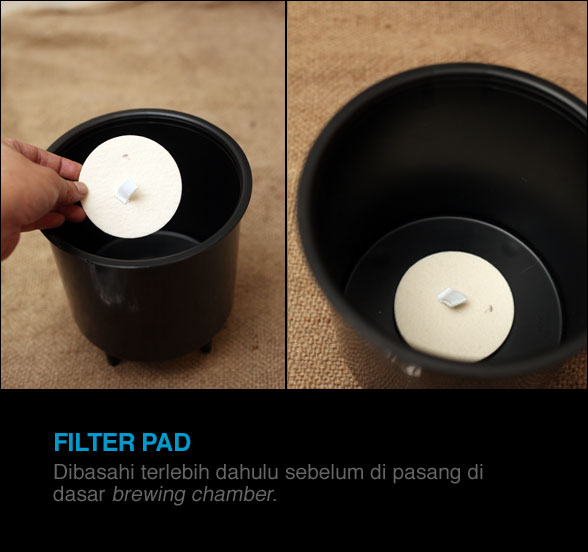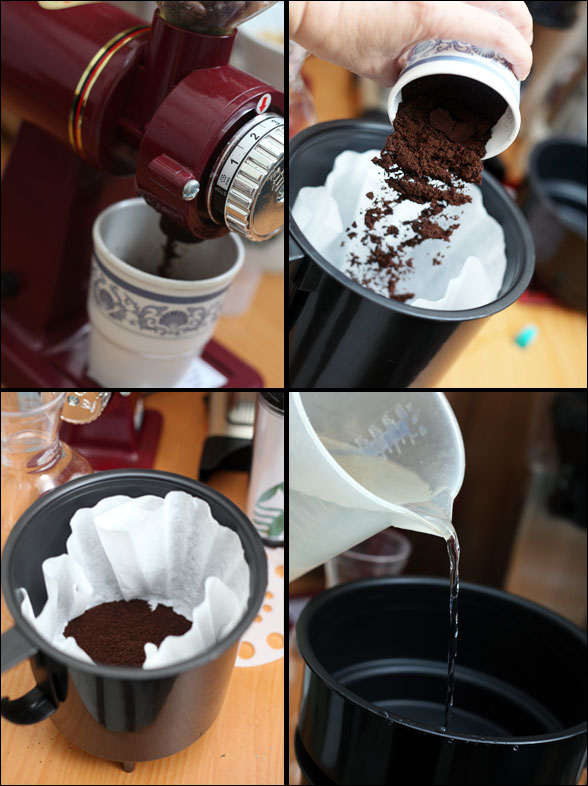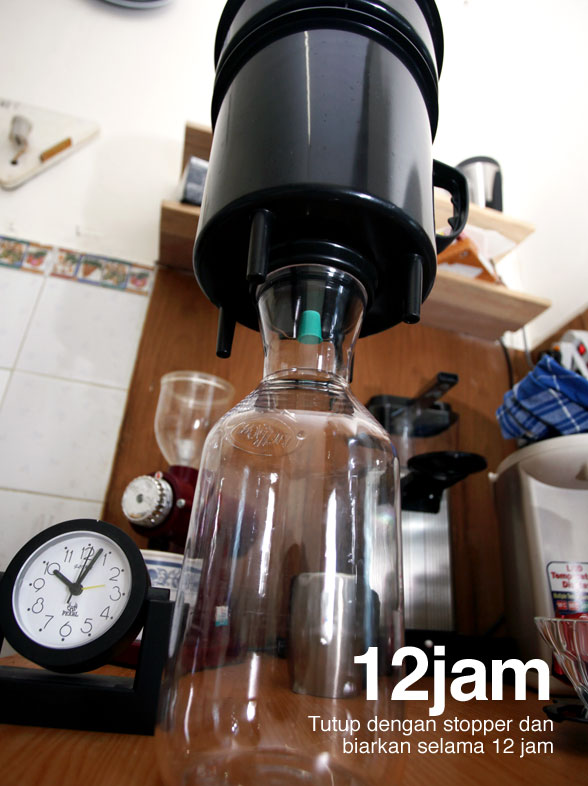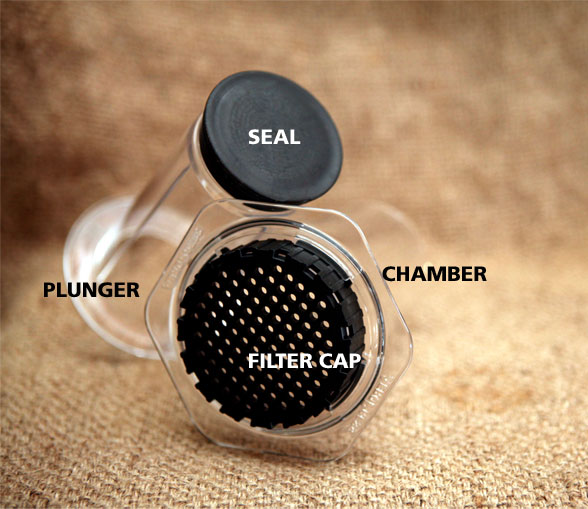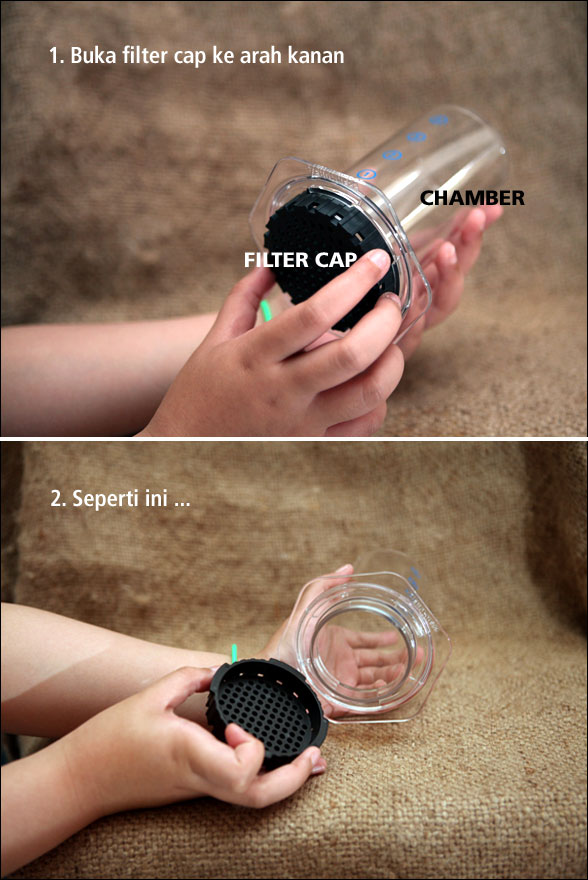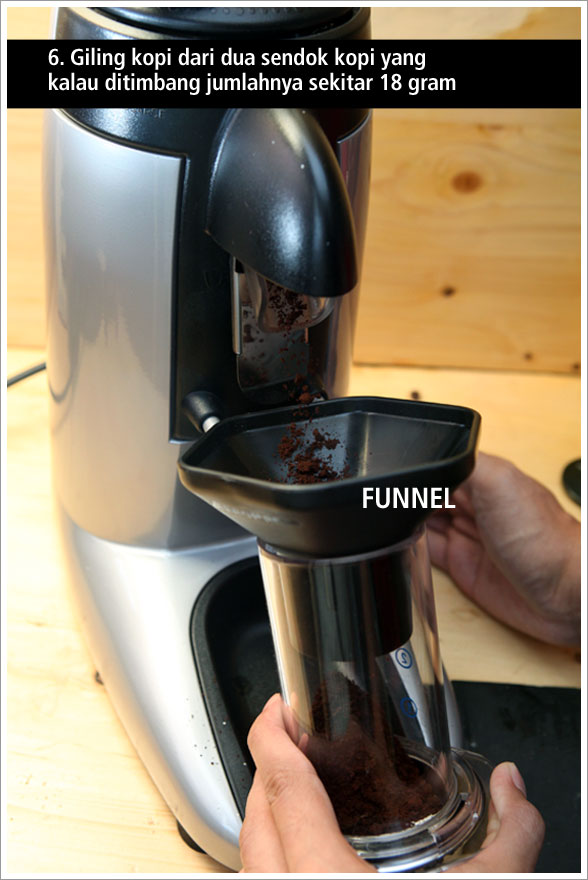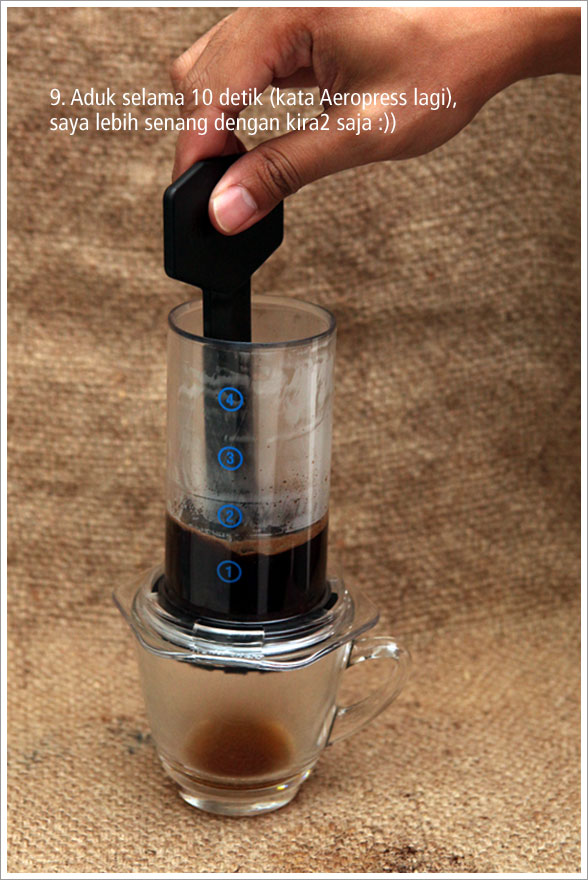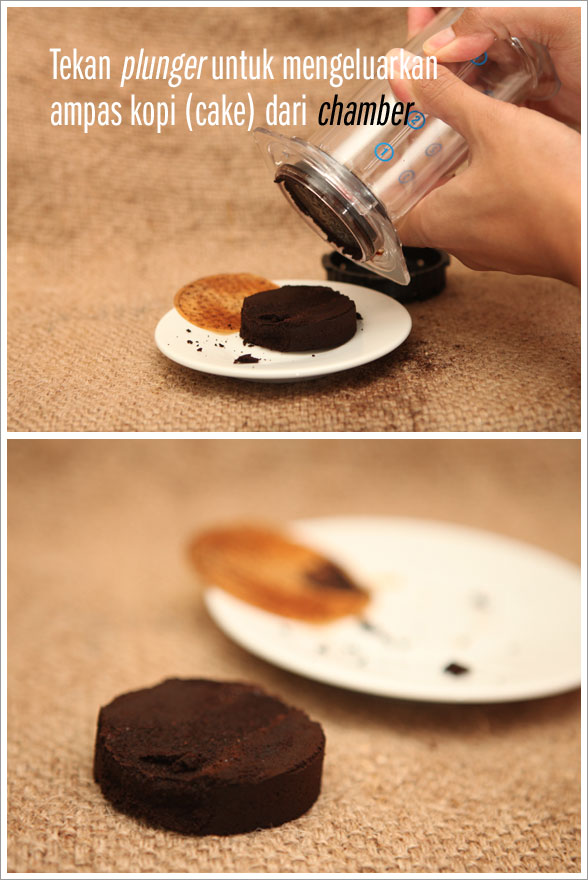Caption : This is a small survey to anyone who wants to share their chosen
method for coffee brewing – a small note on the varied ways coffee lovers enjoy
their coffee, which are always interesting and worth-reading.
There are many ways of enjoying a cup of coffee, from the most practical
method of brewing, to the more complicated one, like making espresso. As a
coffee lover, which method has been your favorite?
This was an old posting of mine, but seeing as it draws many interests from
my old and new coffee lover readers, I’ve updated it with photos for you to
enjoy. Let’s share our experience
Sachet coffee. It doesn’t do justice to skip this instant coffee, which still remains as the most popular and chosen option in Indonesia. Cheap, easy, delicious and available in many kinds of variety that are sold at almost every kiosk you can find. There’s no need to feel inhibited if instant coffee is your chosen coffee, because taste is not something to argue about. My coffee, my way…
The French Press. It only takes four minutes for the hot water to mix with the ground coffee perfectly, until you push the plunger down. To make sure the plunger can be pushed down without any resistance, it’s suggested to opt for roughly ground coffee instead. Other than the short amount of time it takes for the coffee to brew, this little device remains to be my favourite, since the taste is not polluted with the aroma of paper filters, as what pour over method does.
The Vietnamese Drip. Do you have the patience to wait for the tiny drops of coffee to come out of this device? Just like the way it’s named, the device originates from Vietnam, and it brews extremely thick coffee due to its long and slow extraction process. It’s usually served by mixing it with milk and ice, so you can enjoy cà phê sữa đá, one of the most preferred coffee variants in Vietnam.
The Electric Coffee Maker. You can find this device in almost all department stores across the country. It’s quite practical, although the heating plate under the carafe often makes the coffee tastes burnt if left longer than required.
. The Moka Pot. For me a Moka Pot (also known as Machinetta del caffee) is a challenging device, because of the burnt taste it often produces. But if you can set the heat just right, a Moka Pot can produce coffee with a flavour similar to espresso. Some models can also produce thick cremas. Always opt for a good quality and long lasting brand.
Pouri Over / Filtering. The most popular coffee brewing method – loved and favoured by many. The aroma and taste of the coffee can be adjusted by the speed of pouring the water, as well as the ground coffee being used (the finer the ground coffee, the slower it takes for the water to flow down, and the stronger it tastes). One of the challenges in Pouring Over method is to keep the consistency of the water temperature while brewing.
The Syphon. Exotic, sexy, and always attractive watching a syphon does its job. Even though it looks like it belongs to a chemical lab, rather than a kitchen, many of its fans believe it’s unquestionable to brew their coffee any other ways.
Cold Brewing. Cold Brewing is a unique method of brewing coffee with cold water, which could take six, eight or even twenty four hours. This method is rather new, but it doesn’t mean that it’s less favoured, since the coffee produced from this device is unique and has low acidity.
Pressi Twist. By using a gas cartridge, NO2 Pressi Twist is the newly modified, portable espresso machine. The gas pressure can produce espresso just like the one pictured here. The gas utilization that is limited to only several usages is one of the challenges posed from this devide. My Pressi is a reincarnation of an espresso machine in miniature size, without sacrificing the end result.
Presso. One of the best devices in producing espresso. Portable and no electricity required. Many coffee lovers choose Presso, and some even use it as a money-making machine.
The Espresso Machine. Regular devices just don’t do it for you? Or perhaps you want to try your luck being a Barista? Then an espresso machine is the answer. Complete with a sufficient coffee grinder, this machine can transform ground coffee to a concentrated 30ml espresso. Latte or cappuccino could be your daily beverage, even though operating this somewhat pricey device is not for the faint-hearted.
Kopi Tubruk. A three century old tradition that has begun since coffee was first planted in Indonesia. Kopi tubruk has been a part of every aspect of our daily lives. Offering rituals are not complete without it, fortune tellers read the future from its leftover residue, and the neighborhood watch needs its company in preventing uninvited guests. The people on the coast of Java island have been using its dregs in creating magnificent art of the Cethe tradition. Kopi Tubruk, is the Indonesian bittersweet depiction of coffee, and I believe that you, my readers, are simply one amongst many who enjoy a cup of Kopi Tubruk complete with its customary sweet snacks.



